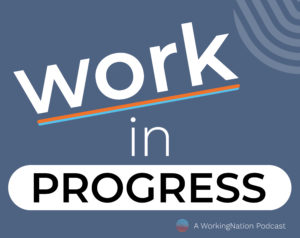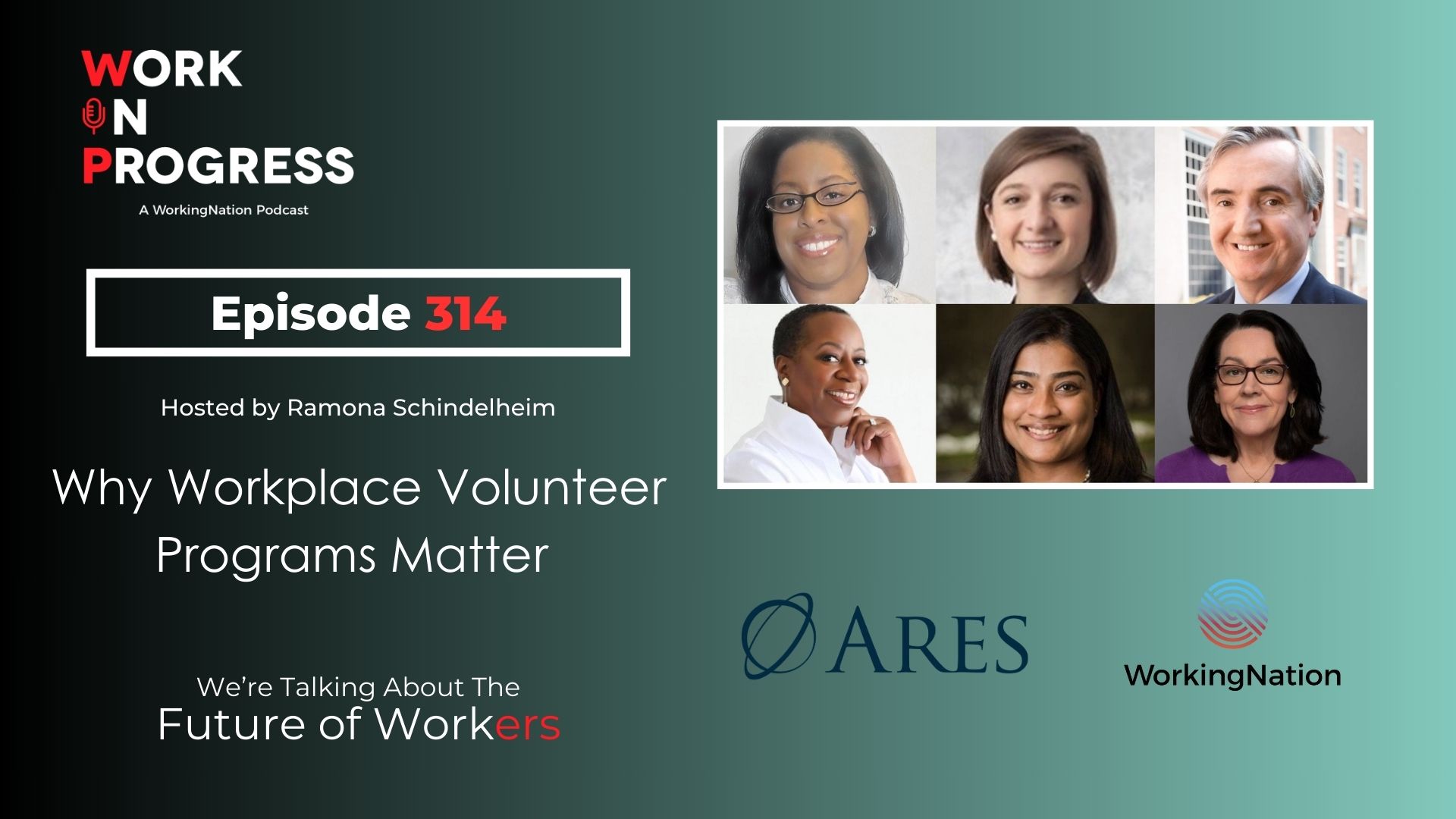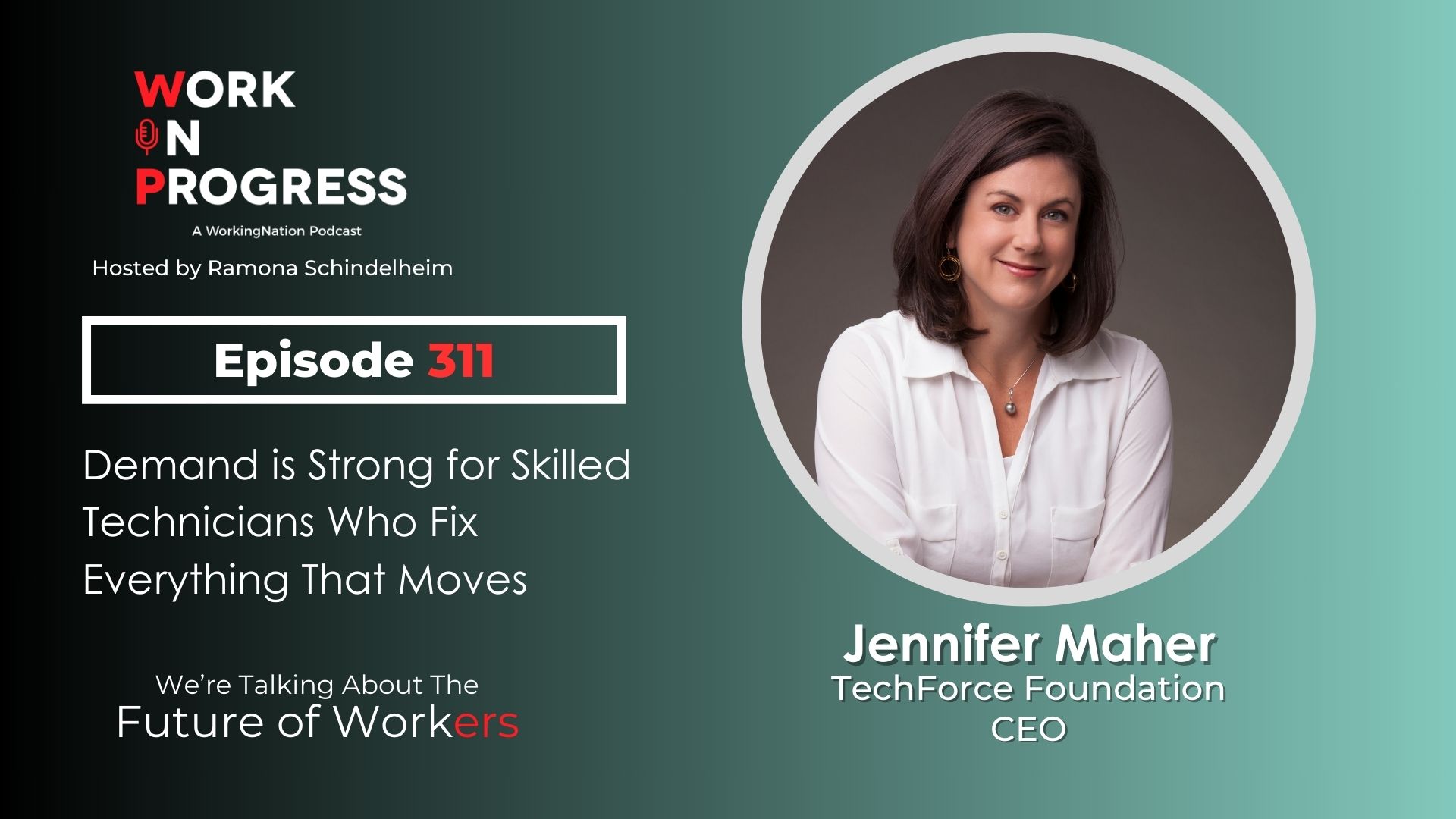Podcast: Play in new window | Download | Embed
Subscribe: Apple Podcasts | Google Podcasts | Spotify | Pandora | Youtube Music | RSS
Just last year, Morgan Stanley estimated that revenue in the space industry could triple to more than $1 trillion over the next 20 years, with interest on the commercial, civil, and defense fronts. Employment in the sector is also expected to continue to grow with the increased interest in space exploration.
Many of the jobs require tech skills—from aerospace engineer to avionics technicians to data scientists—but not all of them require a four-year degree, according to the Bureau of Labor Statistics. However, having a degree in data analytics can give you an edge.
There’s a Lot of Data Analysis in the Space Industry

“In the past, you might have seen people who have engineering backgrounds, people who have operations research backgrounds, or straight up analytics or even statistics backgrounds migrate into data analytics in the contemporary sense,” explains Carissa Christensen, founder and CEO of Bryce Space and Technology, a space industry analytics and engineering firm.
“More recently, you absolutely can get a degree in data analytics and that’s a very prized and coveted set of capabilities. Companies find it challenging to hire graduates with those skills. There’s a lot of competition for those folks in the space industry and many other industries,” she tells me in this episode of the Work in Progress podcast.
Geospatial Analysis and How it is Used
In particular, there is a demand for a part of the space sector you may never have heard. It’s one that is used across all sorts of industries. “The geospatial industry uses data related to location, data related to timing, data related to imagery, and puts all of those together to provide information that enables mapping and tracking of assets, efficient routing and management of logistics of huge range of industrial and commercial applications from real estate, to agriculture, to transportation,” Christensen explains.
“Much of that information, both the positioning and timing information as well as the imagery, comes from satellites. One example that every one of us uses every day is Google Maps, which gleans imagery and positioning data.”
“A much more esoteric version of that would be what we just saw happen, where we saw SpaceX conduct the launch and deliver astronauts to the International Space Station. Tracking and telemetry for that launch relies on satellite data as well as AI and autonomous systems to conduct the mission. So those analytics technologies blended with automation technologies are also very fundamental to space capabilities,” she says.
Asteroid Mining? Really?
Okay, I am really fascinated about this idea and think you will be, too. But you’ll have to listen to the podcast with Carissa Christensen to find out more! You can listen to the Work in Progress here, or find it and download it wherever you get your podcasts.
Look for the logo below ????. Thanks for listening!

Episode 139: Carissa Christensen, Founder & CEO, Bryce Space and Technology
Host: Ramona Schindelheim, Editor-in-Chief, WorkingNation
Producer: Larry Buhl
Executive Producers: Joan Lynch, Melissa Panzer, and Ramona Schindelheim
Music: Composed by Lee Rosevere and licensed under CC by 4.0.
You can check out all the other podcasts at this link: Work in Progress podcasts












